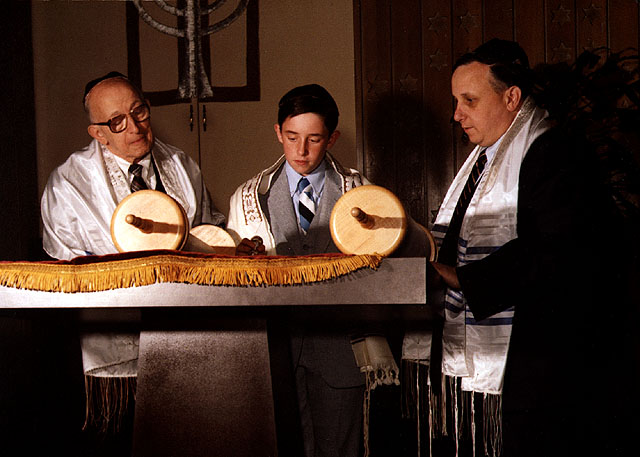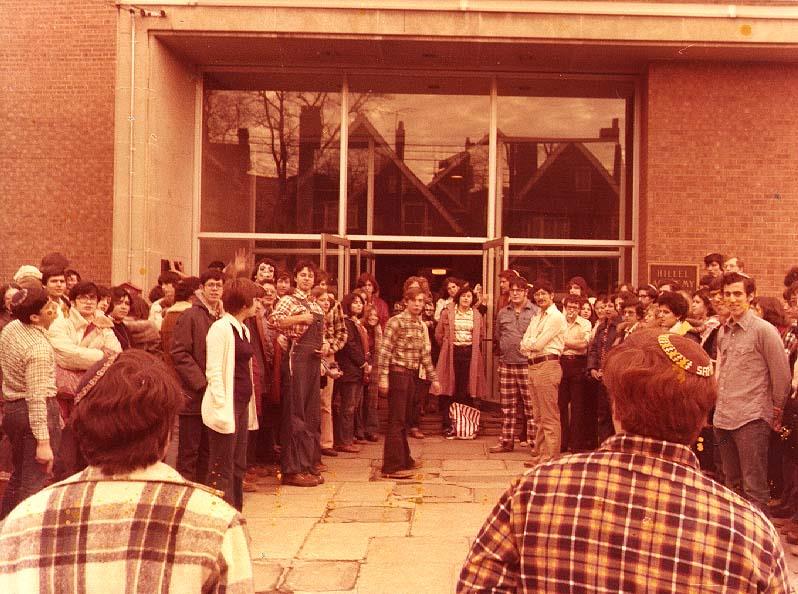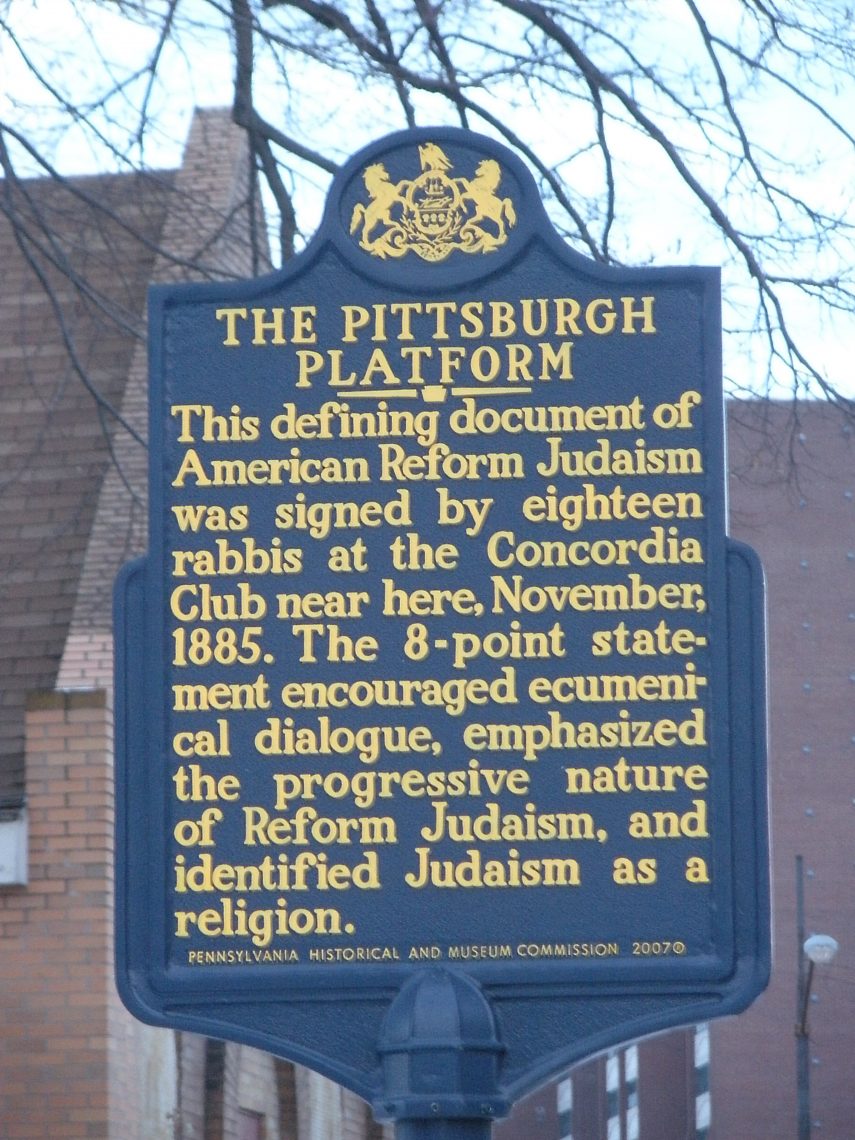From its founding, Pittsburgh was a city that was open to Jews, and a place where they could prosper. Jewish achievements are wound into the literal fabric of the city; Frankstown Road, which runs through the city, was named after David Franks, a veteran of the Revolutionary War and a prosperous merchant who sent so many pack trains through Pittsburgh that the route became known from then on as “Frankstown Road.”

As a center of science and technology, Pittsburgh has attracted prominent Jews from all over the world. Dr. Jonas Salk conducted his polio research at the University of Pittsburgh, eventually developing the world-changing polio vaccine. The Pulitzer Prize-winning playwright George S. Kaufman was a native of Pittsburgh, while Nobel-laureate Otto Stern found refuge in the city at the Carnegie Institute of Technology (later renamed Carnegie Mellon University), where he could continue his work as a physicist after being forced to flee Nazi Germany. Evelyn Kozak, the last remaining Jewish person born in the 1800s, and for a time the oldest Jewish person in history, also spent a number of years living in Pittsburgh. In honor of her 110th birthday, August 5, 2009 was declared “Evelyn Kozak Day;” she would ultimately live to be 113 years and 301 days old.

Pittsburgh has also been at the epicenter of some of the most significant moments in Jewish history. The 1885 Pittsburgh Platform, which laid out the major principles of classical American Reform Judaism, became a major source of controversy. The Pittsburgh Platform sought to emphasize the American Reform Movement’s embrace of modernity, but it proved to be divisive; its attitude towards Jewish law was one of the major factors that contributed to the schism that resulted in the formation of the Conservative movement, and it was deeply upsetting to Zionists who wanted the movement to acknowledge the importance of a Jewish homeland. A number of other Platforms would be adopted by the Reform Movement—including another Pittsburgh Platform in 1999—as the American Reform movement grew and redefined its philosophies, but for both the Platform’s advocates and its critics, Pittsburgh remained a pivotal location in American Jewish history. The importance of this moment in Jewish and Pittsburgh history was given formal acknowledgement in 2007, when the Pennsylvania Historical and Museum Commission erected a marker commemorating the event.

For hundreds of years the Jewish community of Pittsburgh has been home to inspiring individuals, creative communities, and Jewish innovation. As we reach out in support during its time of tragedy, we can also look to it and see what a strong, vibrant Jewish community looks like.
A clip from “Murray Avenue: A Community in Transition”:
“Murray Avenue: A Community in Transition”, Pittsburgh, 1989
The Museum of the Jewish People at Beit Hatfutsot
The Oster Visual Documentation Center
Courtesy of Sheila Chamovitz
Standing together with Pittsburgh!
A moving ceremony was held at the Museum of the Jewish People at Beit Hatfutsot with US Ambassador to Israel, Mr. David Friedman, @ADL_Israel, Former Chief Rabbi of Israel, Yisrael Meir Lau, and Executive Director and CEO of the Conservative Judaism movement in Israel, Yizhar Hess, among others.
All paying homage to the victims of #Pittsburgh and express solidarity with the Jewish community.
Watch: